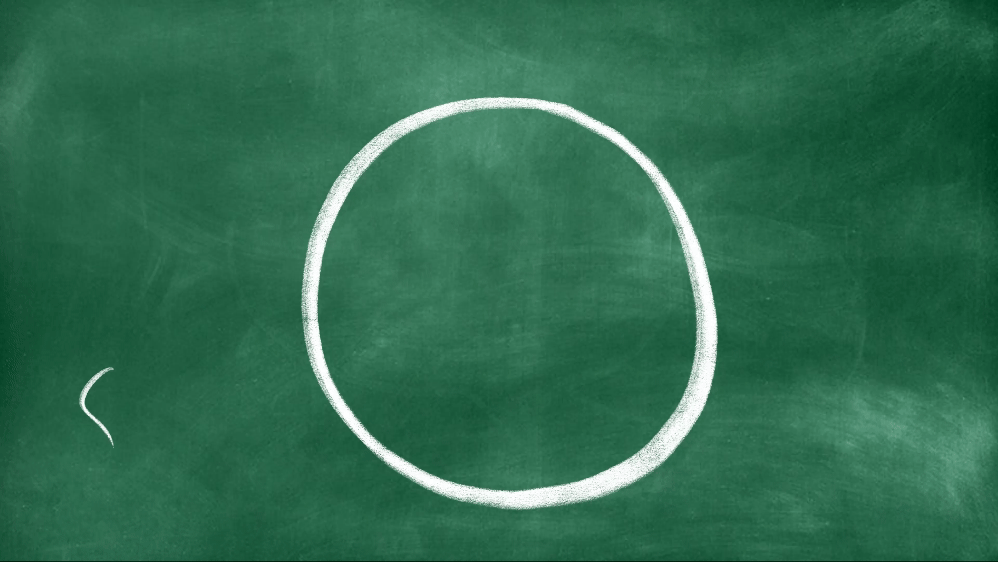
Leading multiple generations is all about striking balance between recognizing (and celebrating) differences and keeping all people focused on the same goals, regardless of age or experience.
Administrators in schools are in a particularly interesting spot: their teams span several generations, they’re providing an education to the youngest generation, and they’re interacting regularly with the parents of that generation. Although everyone in a district should be focused on common goals, it’s helpful to acknowledge the differences between generations. Here’s how to promote generational harmony.
Study their differences
According to typical workforce trends, three generations are evenly represented within a given organization. These generations include Baby Boomers (born between 1946–1964), Generation X (born early 1960s–early 1980s), Millennials/Generation Y (born early 1980s–early 2000s). Students belong to Generation Z (born beginning in the early 2000s). Some districts may also employ members of the Silent Generation (born between 1925–1945), who represent a very small portion of the workforce. In reality, the populations in a district will fit into different facets and even span generations, taking on characteristics of multiple groups.It’s tempting to paint all generations with a broad brush, especially when trying to pin down the unique motivations of each. Instead of assuming everyone of a certain age or era will respond similarly, use the research around generational motivation as a starting point, and apply your own knowledge of the individual from there. Communication is a great place to start comparing the preferences of the generations. Generally speaking, Millennials and Generation Z prefer more frequent communication than Generation X or Baby Boomers—but there will always be the odd Millennial who is just fine with working uninterrupted by feedback.
No generation is a monolith—but the research behind what makes each generation a cohesive population can be useful if applied mindfully. Examine your own biases and ensure they don’t creep into personnel decisions. The end goal is to keep everyone working together toward a cohesive culture where differences are acknowledged and celebrated, but not divisive or applied stereotypically.
Create one culture for everyone
Once you’ve established a baseline of what makes your unique generational teams tick, use it to guide your culture. Culture should always remain steadfast, but your approaches might change. Aim to balance the range of needs you’ve discovered and make adjustments as common sense dictates. For example, if less communication is fine with Generation X or Baby Boomers, they may be flexible to increased performance analysis and feedback anyway, which will keep Millennials and Generation Z happier.Your mindful culture will help you concentrate on the similarities you find across generations and keep everyone focused on the same priorities. Regardless of generation, employees typically are after the same things to help them grow professionally as part of a strong team:
- Respect as professionals
- Leaders who are open to feedback
- Opportunities to learn from a mentor
- Contributing to a culture
- Effective communication
- Constructive feedback
- An open exchange of ideas
Challenge preconceived notions about how generations should interact with each other. It may seem natural to always assign a more seasoned mentor to an inexperienced mentee, but encourage a two-way street as far as leadership is concerned. Everyone has experience to share.
Finally, though workplace culture does have its limitations, a great deal of the generational differences exist in personal experiences. Opportunities for intergenerational teammates to socialize outside of formal workplaces can shed light on similarities, increase understanding, and build empathy for different experiences. This approach can extend to students’ families, where no two are quite alike: the parents, grandparents, and caregivers will span just as many generations as school staff.
At its core, studying different generations is simply one approach to gaining a deeper understanding of your staff’s varied motivations. Each educator brings a diverse set of experiences to the halls of a school, and these similarities and differences build the unique team your students need.
Follow-up resource: Creating a culture primed for growth
The secret to professional growth? A culture built on coaching.WHAT'S NEXT FOR YOUR EDTECH? The right combo of tools & support retains staff and serves students better. We'd love to help. Visit skyward.com/get-started to learn more.

|
Erin Werra Blogger, Researcher, and Edvocate |
Erin Werra is a content writer and strategist at Skyward’s Advancing K12 blog. Her writing about K12 edtech, data, security, social-emotional learning, and leadership has appeared in THE Journal, District Administration, eSchool News, and more. She enjoys puzzling over details to make K12 edtech info accessible for all. Outside of edtech, she’s waxing poetic about motherhood, personality traits, and self-growth.




